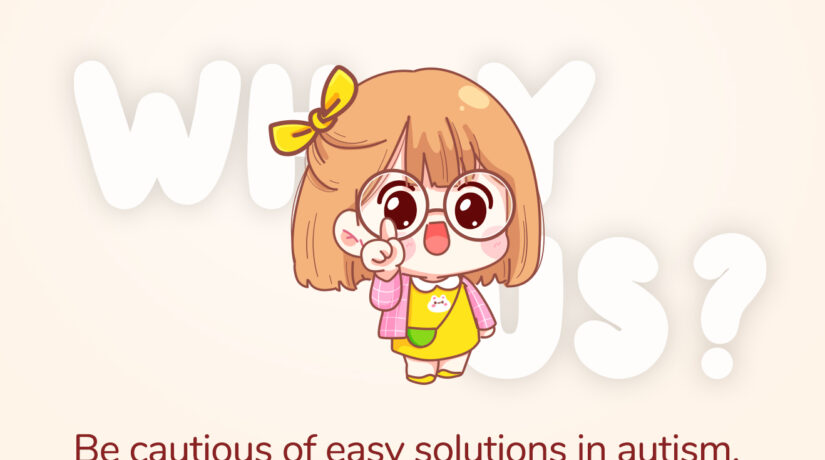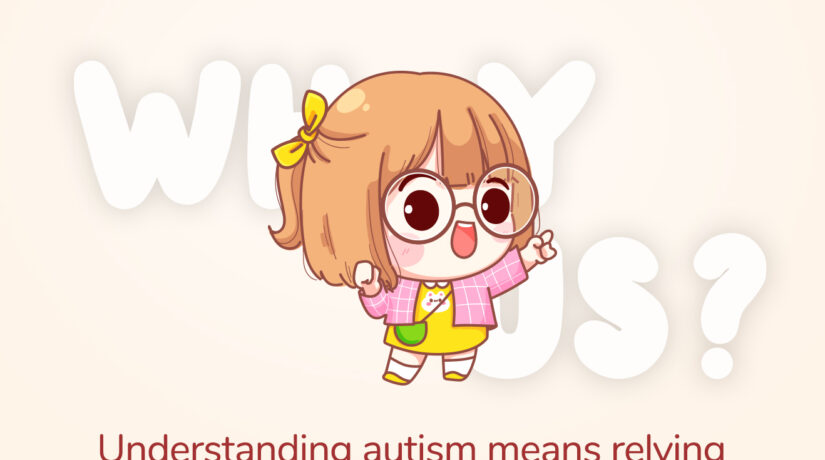Welcome to the world of Autism, a unique and diverse spectrum of neurodevelopment disorders that shape individuals’ experiences in distinctive ways. In this comprehensive exploration, we’ll delve into the intricacies of Autism, shedding light on its definition, signs, treatment options, and much more.
Join Autism Support Community in Facebook
Autism, often referred to as Autism Spectrum Disorder (ASD), is a complex condition that affects communication, behaviour, and social interactions. It manifests in a variety of forms, leading to a spectrum that captures the diverse experiences of those with autism.
Autism is not a singular entity but rather a spectrum, encompassing a broad range of conditions that share common characteristics. At its core, it is a neurodevelopmental disorder, meaning that it involves the atypical development of the brain. This disorder becomes evident in early childhood and has a lasting impact on an individual’s life.
Communication difficulties are a hallmark feature of autism. Individuals with ASD may face challenges in verbal and non-verbal communication, making it challenging to express themselves or understand others effectively. This aspect of the condition varies widely among those on the spectrum, with some being nonverbal, while others may have a rich vocabulary but struggle with nuances and social cues.
Behavioral patterns in individuals with autism often display repetitive and restricted activities. These behaviors can range from specific routines that bring comfort to intense interests in particular topics. The adherence to routines and rituals provides a sense of predictability and security for individuals with autism, often serving as coping mechanisms in a world that may seem overwhelming.
Join Autism Support Community in Facebook : https://www.facebook.com/groups/SupportAutism
Social interactions pose another significant challenge for those with autism. Difficulties in understanding and interpreting social cues may lead to social isolation or difficulty forming meaningful connections. The spectrum nature of autism means that some individuals may desire social interactions but struggle with the conventions, while others may prefer solitary activities.
The spectrum model allows for a recognition of the individuality within the autistic community. Each person’s experience is unique, influenced by various factors such as the severity of symptoms, coexisting conditions, and individual strengths. Embracing this diversity is crucial for fostering understanding and providing tailored support for individuals with autism.
Despite the challenges associated with autism, early intervention and targeted therapies can significantly improve outcomes. Behavioral interventions, speech therapy, and educational support are among the strategies employed to address the specific needs of individuals with ASD. These interventions aim to enhance communication skills, manage behavioral challenges, and promote social engagement.
In conclusion, Autism Spectrum Disorder is a complex and diverse condition that affects individuals in unique ways. Its impact on communication, behavior, and social interactions highlights the need for a comprehensive understanding of the spectrum. By acknowledging the individuality within the autistic community and providing appropriate support and interventions, we can foster a more inclusive and supportive society for those with autism.
Autism, a complex neurodevelopmental disorder, has been a subject of extensive research and inquiry as scientists strive to comprehend the intricacies surrounding its occurrence. The question of why autism happens is a multifaceted one, encompassing a range of genetic, environmental, and neurological factors that collectively contribute to the manifestation of this condition.
At its core, autism is believed to have a strong genetic component. Numerous studies have identified a variety of genetic mutations and variations that may increase the likelihood of developing autism spectrum disorder (ASD). These genetic factors are thought to influence the development and function of the brain, impacting the way individuals with autism perceive and interact with the world.
In addition to genetic predispositions, environmental factors play a significant role in the occurrence of autism. Certain prenatal and perinatal conditions have been associated with an increased risk of ASD. Factors such as maternal exposure to certain medications, complications during pregnancy or childbirth, and exposure to certain toxins or infections during critical periods of brain development are all areas of interest for researchers seeking to understand the environmental influences on autism.
Moreover, the intricate interplay between genetics and the environment adds another layer of complexity to the question of why autism happens. It is increasingly recognized that a combination of genetic susceptibility and environmental exposures may contribute to the development of autism. This interaction between nature and nurture underscores the importance of studying both genetic and environmental factors to gain a comprehensive understanding of the origins of autism.
Neurologically, autism is characterized by atypical patterns of brain development and function. Research has shown differences in the structure and connectivity of the brains of individuals with ASD compared to those without. These neurobiological differences may be influenced by both genetic and environmental factors, further emphasizing the intricate web of causation associated with autism.
In conclusion, the question of why autism happens is a complex puzzle with genetic, environmental, and neurological pieces. The interplay between these factors is dynamic and varies from individual to individual, making each case of autism unique. As our understanding of the intricate mechanisms underlying autism continues to evolve, researchers and scientists strive to unravel the mysteries surrounding this condition, paving the way for improved diagnostic methods, interventions, and support for individuals on the autism spectrum.
Learn about 100% transparency at Bechange Center for Autism @Bangalore
Autism Spectrum Disorder (ASD) is a neurodevelopmental condition characterized by challenges in social interaction, communication, and repetitive behaviors. It is important to note that there is currently no known cure for autism. However, various therapeutic interventions and support strategies exist to enhance the quality of life for individuals with autism and help them reach their full potential.
Understanding autism requires recognizing its diverse nature, as it manifests differently in each individual. The spectrum encompasses a wide range of abilities and challenges, making it crucial to tailor interventions to the specific needs of each person with autism.
One primary approach to managing autism involves early intervention. Detecting signs of autism in children and initiating targeted interventions during the early developmental stages can significantly improve outcomes. Early intervention programs often focus on enhancing communication skills, social interaction, and reducing problematic behaviors.
Behavioral therapies, such as Applied Behavior Analysis (ABA), are commonly used to address specific behaviors associated with autism. ABA employs systematic techniques to reinforce positive behaviors and diminish unwanted ones. This approach has shown effectiveness in improving communication skills, social interactions, and adaptive behaviors in individuals with autism.
Speech and language therapy is another component of autism intervention. Many individuals with autism face challenges in expressive and receptive communication. Speech therapists work to improve language skills, articulation, and social communication, promoting better overall communication abilities. If the behavior therapist suggests a Speech and language intervention, its better to follow.
For kids with sensory issues, ABA therapists will suggest OT therapy. It should go hand in hand if needed. Occupational therapy plays a crucial role in addressing sensory issues and enhancing fine and gross motor skills in individuals with autism. Sensory integration therapy helps individuals cope with sensory sensitivities, promoting better self-regulation and reducing distress associated with sensory challenges.
In addition to therapy, educational interventions are essential for individuals with autism. Specialized educational programs and classroom accommodations can facilitate learning and skill development. Individualized Education Plans (IEPs) are often employed to tailor educational strategies to the specific needs of students with autism.
It is important to approach autism with a holistic perspective, recognizing the unique strengths and challenges of each individual. Support from family, friends, and the community is crucial for individuals with autism to thrive. Creating an inclusive and understanding environment fosters acceptance and facilitates the integration of individuals with autism into society.
While there is no cure for autism, ongoing research aims to deepen our understanding of the condition and explore innovative interventions. The focus remains on improving the quality of life for individuals with autism and promoting their participation in various aspects of society. As our knowledge evolves, so too will the strategies and interventions available to support individuals with autism on their unique journeys.



